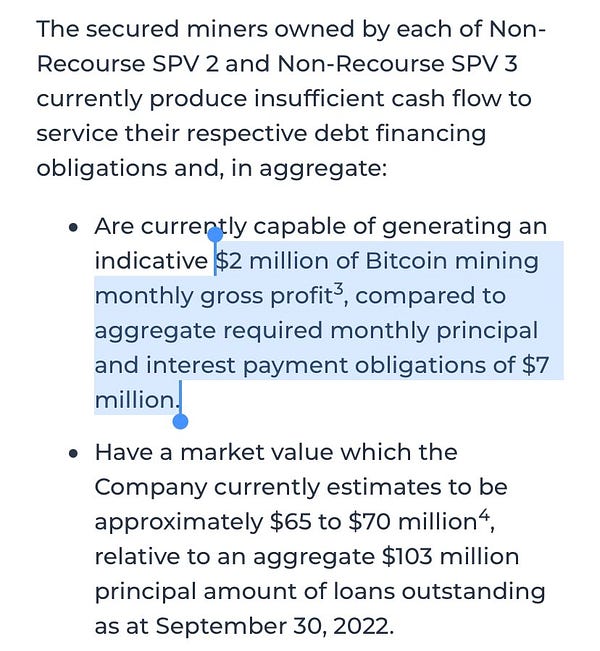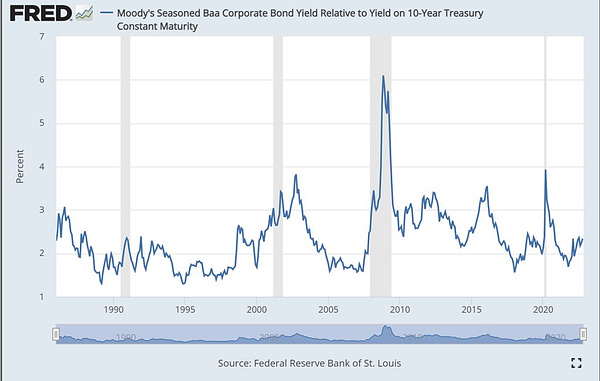Riding The Wave News Summary 91
Welcome to Riding The Wave. If you have questions or feedback, please reply to this email. If you are new to the Newsletter, please check out what we provide on our about page and consider subscribing. Within the Newsletter, I provide News Summaries, Weekly Status Updates, & Deep Dive Articles on Specific Topics (Ex: How do I pick which coins/tokens to buy?). More details here
News
Table of Contents
Tweets
Judge orders probe to investigate whether Celsius was a Ponzi\
Divisions in Sam Bankman-Fried’s Crypto Empire Blur on His Trading Titan Alameda’s Balance Sheet
OpenSea Now Auto-Detects and Blocks Stolen NFTs, Disables Scam Links
Moneygram to enable users to buy, sell and hold cryptocurrency via mobile app
Tweets









Judge orders probe to investigate whether Celsius was a Ponzi
The judge overseeing the Celsius bankruptcy case has ordered the examiner and the official committee of Celsius creditors to determine who will head a probe into whether the firm was operating like a Ponzi scheme.
The order during the Nov. 1 hearing comes in response to allegations from customers that Celsius had used assets of new users to pay yields and facilitate withdrawals to existing users, and as a result, fits the legal definition of a Ponzi scheme.
The judge had approved the appointment of an independent examiner on Sep. 9 to look into aspects of Celsius’ business, following calls for greater transparency into its operations such as its tax payment procedures and why some customers were moved to different accounts.
Due to the lack of regulations within crypto, there have been a lot of blurred lines between small and large projects alike. Hopefully, the downtime this bear market provides will give the world's governments time to catch up.
Divisions in Sam Bankman-Fried’s Crypto Empire Blur on His Trading Titan Alameda’s Balance Sheet
Billionaire Sam Bankman-Fried’s cryptocurrency empire is officially broken into two main parts: FTX (his exchange) and Alameda Research (his trading firm), both giants in their respective industries.
But even though they are two separate businesses, the division breaks down in a key place: on Alameda’s balance sheet, according to a private financial document reviewed by CoinDesk.
That balance sheet is full of FTX – specifically, the FTT token issued by the exchange that grants holders a discount on trading fees on its marketplace. While there is nothing per se untoward or wrong about that, it shows Bankman-Fried’s trading giant Alameda rests on a foundation largely made up of a coin that a sister company invented, not an independent asset like a fiat currency or another crypto. The situation adds to evidence that the ties between FTX and Alameda are unusually close.
The financials make concrete what industry-watchers already suspect: Alameda is big. As of June 30, the company’s assets amounted to $14.6 billion. Its single biggest asset: $3.66 billion of “unlocked FTT.” The third-largest entry on the assets side of the accounting ledger? A $2.16 billion pile of “FTT collateral.”
There are about 197 million FTT tokens worth $5.1 billion in circulation, according to FTX’s website.
OpenSea Now Auto-Detects and Blocks Stolen NFTs, Disables Scam Links
Theft has become a major issue in the NFT space, especially with so-called “wallet drainer” exploits ripping millions of dollars’ worth of assets from unsuspecting collectors—and there’s no way to reverse those transactions on the blockchain.
When stolen assets are then resold to unsuspecting buyers, that only complicates matters further.
Today, the firm revealed a pair of new features designed to both protect users on its platform from inadvertently engaging with scams and prevent thieves from quickly flipping stolen assets.
One solution is aimed at preventing malicious links from appearing on OpenSea’s own platform, either through a project’s description or website icon. The tool automatically scans any links that users entered on the marketplace and disables any that point to known scams, or that redirect clickers to websites with malicious code that could swipe NFTs from someone’s wallet.
“That's the kind of thing we're looking for in that simulation,” Anne Fauvre-Willis, OpenSea’s VP of Operations, Marketplace, and Integrity, told Decrypt. “Is this asking for something that is unreasonable to ask for from a third-party site?”
If so, then OpenSea will disable the link and take action against users who shared such links—including banning accounts, removing their created NFT projects, and denying asset transfer requests.
OpenSea’s other new theft prevention measure looks beyond the marketplace’s own bounds to try and minimize the fallout after an NFT is successfully stolen. It’s a tool that automatically examines NFT transfers to identify those that may have been swiped through exploits, and temporarily blocks those NFTs from being resold on OpenSea.
“We're very focused on precision in this bucket rather than breadth,” she explained, saying that the automated system will be gradually trained over the next few months before expanding to all users. “We're trying to be very careful here about balancing that, and making sure the false positive rate is very low when we do this,” she added.
Whenever an NFT is flagged as potentially stolen, it will be frozen on OpenSea, which means it can’t be resold there. OpenSea will also email the previous owner of the item to check whether it was stolen. The NFT will be unfrozen on OpenSea if the previous owner says it was legitimately transferred, or if seven days pass without a response.
Just because OpenSea flags an NFT on its platform doesn’t mean that the blockchain asset is frozen everywhere, however: the current holder could always sell it on another marketplace that doesn’t have such restrictions.
OpenSea is taking great steps to help prevent theft, although there are strong limitations when it comes to what they can do as one of several existing marketplaces for NFTs.
Moneygram to enable users to buy, sell and hold cryptocurrency via mobile app
Global digital peer-to-peer payments company MoneyGram announced on Nov. 1 that users in nearly all U.S. states and the District of Columbia, can buy, sell, and hold cryptocurrency, specifically Bitcoin , Ether and Litecoin , via its MoneyGram mobile app.
The rollout of this latest crypto-related initiative is a part of the company’s vision to increase adoption by bringing “real-world cryptocurrency and blockchain use cases to life.” MoneyGram shared that this crypto addition to its app was made possible through its partnership with licensed crypto exchange and API-driven crypto-as-a-service provider, Coinme.
Despite being in a bear market with no clear end in sight, some companies appear to be laying the foundations to expand into the crypto world. On Oct. 25, Cointelegraph reported that Western Union filed three trademarks that covered managing digital wallets, exchanging digital assets and commodities derivatives, issuing tokens of value, and brokerage and insurance services.
With so many major companies preparing for the next bull market with crypto services on their platforms, it’s clear that many view it as less of an if and more of a when type of question for cryptos’ next bull market.
Disclaimer: The information in this Newsletter is not financial, legal, or tax advice. I only trade on Etoro; if you are reached out to by people requesting you join a group or provide money, it is not me. My only public social media accounts are this Substack page, my Youtube page, my Twitter page, and my Etoro page; any others you see online are not me.






